Precision technology a must for Prince’s Austrian farm
Farm Trader visits of the largest arable farms in Austria to take a look at how it utlilises the latest in precision technology
Running a large arable farm to maximum efficiency crucially depends on the latest precision technology and its effectiveness in bringing home the best harvest possible.
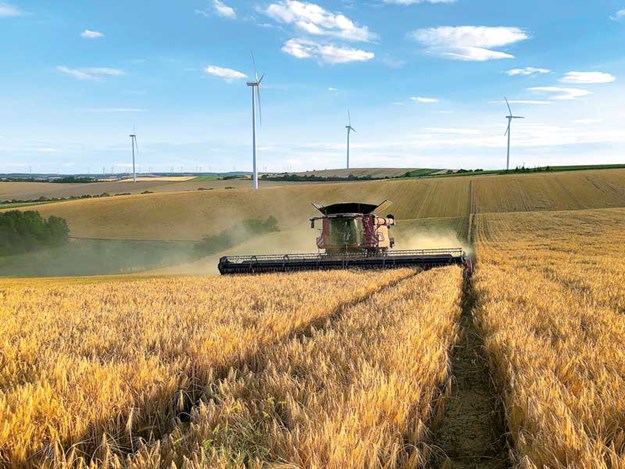 |
|
Harvesting in full swing in Austria
|
That’s exactly the goal on one of the largest arable farms in Austria, owned by the Prince of Liechtenstein, which grows a number of crops (mostly for human consumption).
The farm lies roughly 50km north of Vienna in Lower Austria’s Weinviertel and is run by the Wilfersdorf Agricultural and Forestry Company.
Extending to a total of almost 7000 hectares, which is huge for Austria where the average farm size is only 45 hectares, the Prince’s farm is split into 3000 hectares of arable land, 3400 hectares of forests, 130 hectares pastures and other land, and 100 hectares of water.
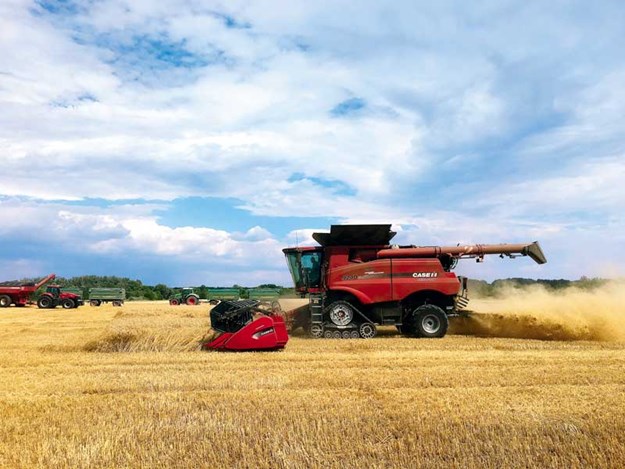 |
|
Combines use GPS steering technology for added efficiency
|
To set the scene in terms of climate and soil type, the Weinviertel region, which is 150 to 290 metres above sea level, is one of the driest parts of Austria with severe winters and hot, dry summers.
The average annual temperature lies above 10 degrees Celsius and the average rainfall is between 450 and 560mm per year. On this farm, the soil types consist of loam and clay in the hilly western parts of Wilfersdorf and river sedimendations in the flat eastern parts of Rabensburg.
Crops and machinery
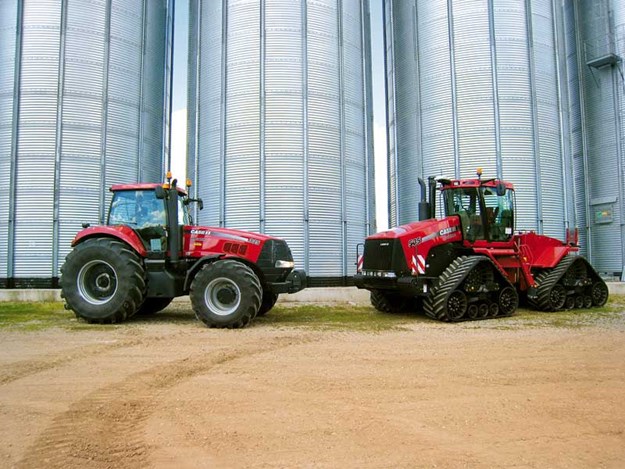 |
|
The farm uses modern tractors with the latest technology for field operations
|
Breaking the arable acreage down, the crop area grown consists of 30% wheat, 25% rape, 16% durum, 10% barley, five percent corn, one percent sugar beet, and 13% set aside.
In order to achieve the best possible production from the farm, the team use a fleet of modern Case IH and Fendt machinery, with all the latest technology to support GPS cultivations, planting, and harvesting.
In the fleet are two Case IH 9240 Axial-Flow combines, one Case IH 580 Quadtrac tractor, one Case IH 535 Quadtrac tractor, one Case IH 370 CVX tractor, one Case IH 190 MXM tractor, three Fendt 828 Vario tractors, and two Fendt 724 Vario tractors.
Other machinery includes unloading trailers, two seeding machines, two fertiliser spreaders, and two sprayers. The farm has a storage capacity of 17,000 tonnes in silos and flat storage and has two drying plants.
Manpower and systems
 |
|
Head office on the farm owned by the Prince of Liechtenstein
|
All told, the Wilfersdorf Agricultural and Forestry Company have around 20 staff, 15 for fieldwork and five in the office all headed up by managing director Hans Jorg Damm.
"We practice solely minimum tillage on this farm with no ploughing whatsoever," says Hans. "A variety of crops are grown on the farm with different sowing dates.
"Cover crops are sown in August, oilseed rape in late August until the beginning of September, winter barley at the end of September, and rye at the beginning of October.
.jpg) |
|
Wilfersdorf Agricultural and Forestry Company managing director Hans Jorg Damm
|
"Also, we sow winter durum in the beginning of October, wheat in October, summer durum at the end of February until the beginning of March, sugar beet at the beginning of April, and also corn in April.
"All the grain crops are used for human consumption and we send high-quality wheat to Italy. The wheat, durum, and rye are used for baby food." While the winter barley is used for cattle feed, the oilseed rape is used for humanconsumption and also biodiesel.
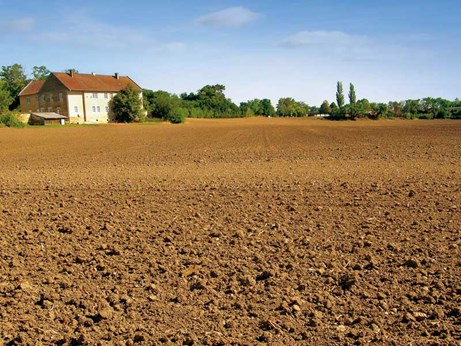 |
|
Soil types are loam and clay on the farm
|
Plus, the corn is used for bioethanol and feed. "All products are sold and we receive the prices that depend on the market situation at that time," adds Hans.
Using high-tech equipment and a good crop rotation produces good yields on this Austrian farm. The current rotation pattern is oilseed rape followed by winter wheat, then winter wheat, winter durum, rye, or summer durum and then winter barley, sugar beet, summer durum, or corn.
Crop yields
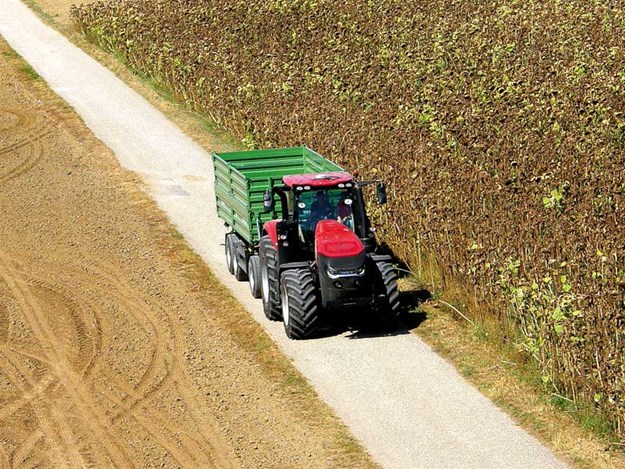 |
|
Another load of grain tipped at the farm for export
|
Hans says, "The average yields per hectare from the farm are very respectable indeed. We achieve 6.5 tonnes of winter wheat, 7.5 tonnes of winter barley, 5.6 tonnes of winter durum, and 4.5 tonnes of summer durum.
"Other yield averages include 6.7 tonnes per hectare of rye, 3.5 tonnes of oilseed rape, eight to 12 tonnes of corn, and 77 tonnes of sugar beet over a five-year average."
The farm sows two or three different varieties of each crop based on previous performances in the different soil conditions.
For winter wheat, they use Lukullus, Bernstein, and Aurelius; for winter durum Lupidur and Diadur; winter barley Meridian and Higgins; and for rye, Florano is the preferred choice.
Summer durum varieties are Floradur, Tessadur, and Durofinus, while oil seed rape varieties are DK Expression, PX 113, and Architekt. To grow corn, they use Arnauto and Die Sonja.
Precision technology
 |
|
GPS systems ensure greater accuracy when cultivating |
Hans insists on using precision technology to help gain the most from the soil and the crops.
"We use GPS-steering for the tractors and combines and speed control for harvesting," he says.
"Based on soil maps, we also use GPS-supported fertiliser sowing machinery, N-Sensor, and GPS-supported plant protection.
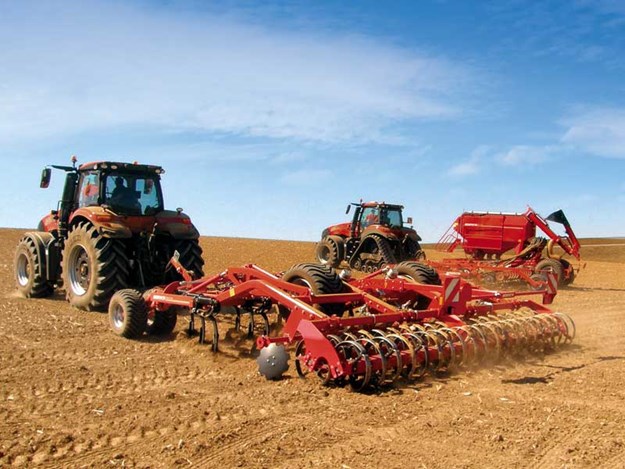 |
|
Some new farm equipment working in unison on the farm
|
"We invested in our own RTK-station with GPS for area management, which gives us maps, borders, and information management.
"Our tractors each work around 880 hours on average per year."
Discussing the use of glyphosate and GM crops, Hans says, "We don’t grow or use GM crops. As for glyphosate, we use it only before seeding the main crops, as it helps a lot to reduce erosion and gives us minimum nitrogen losses.
"Using glyphosate also gives us the possibility to plant hundreds of hectares of cover crops and winter crops. It makes the use of minimum tillage possible and reduces diesel usage, which, in turn, reduces carbon dioxide emissions."
The challenge of Mother Nature
There are also many challenges faced by modern-day arable farmers even with the use of modern technology. For Hans, the biggest challenge is the weather.
"We’re farming in a very dry region here, northeast of Vienna, so having a sufficient supply of water with 400 to 560mm rainfall and late frosts are the main challenges," says Hans.
"Another challenge relevant to this farm is our transport costs. Our main customers are based far away in Italy and Bavaria so delivery costs are high."
Find more farm machinery for sale in NZ
Keep up to date in the industry by signing up to Farm Trader's free newsletter or liking us on Facebook

.jpg)







.jpg)







